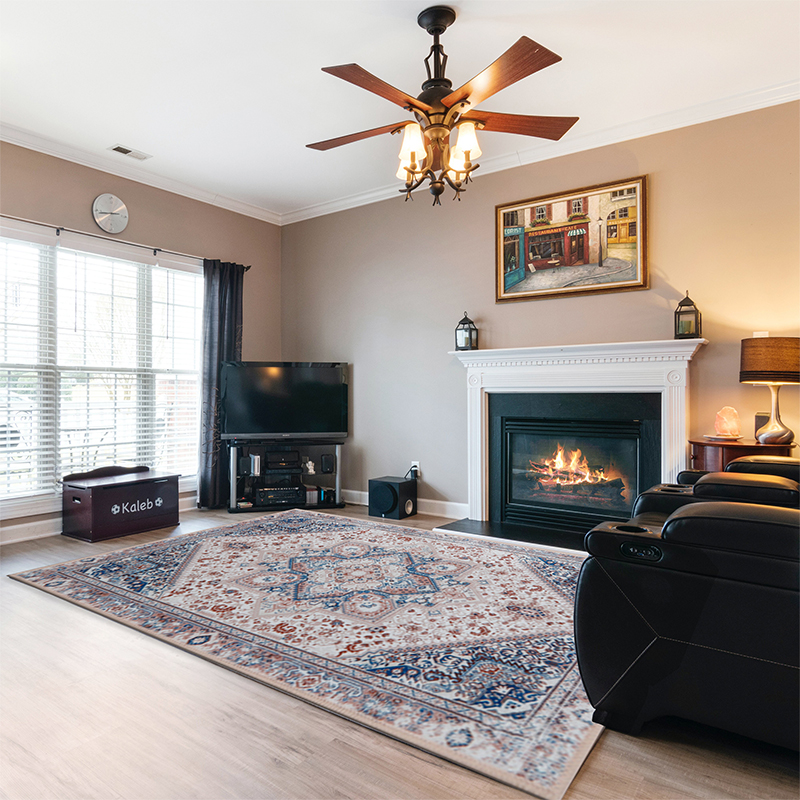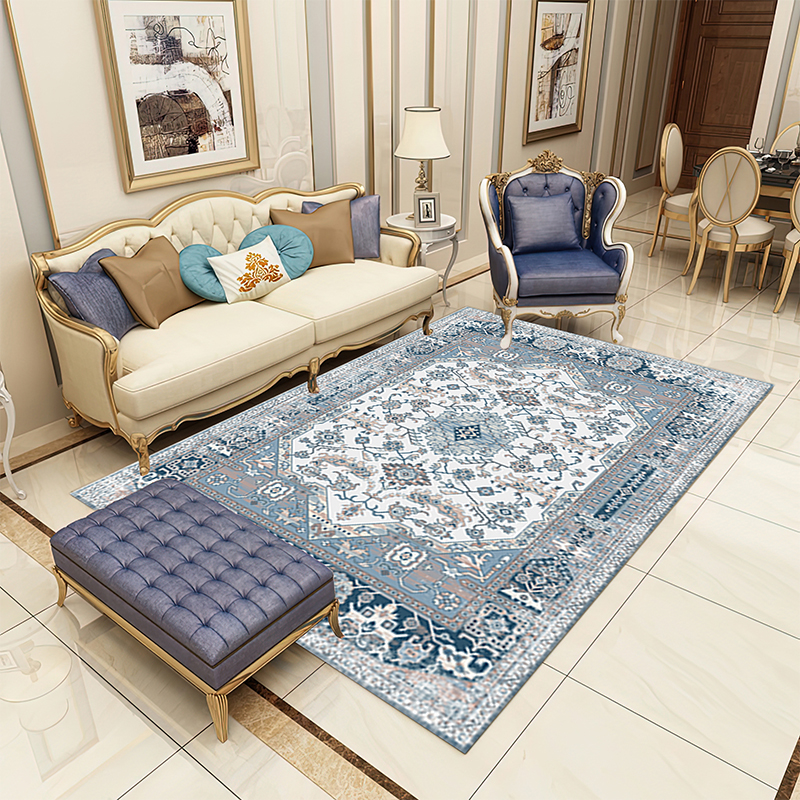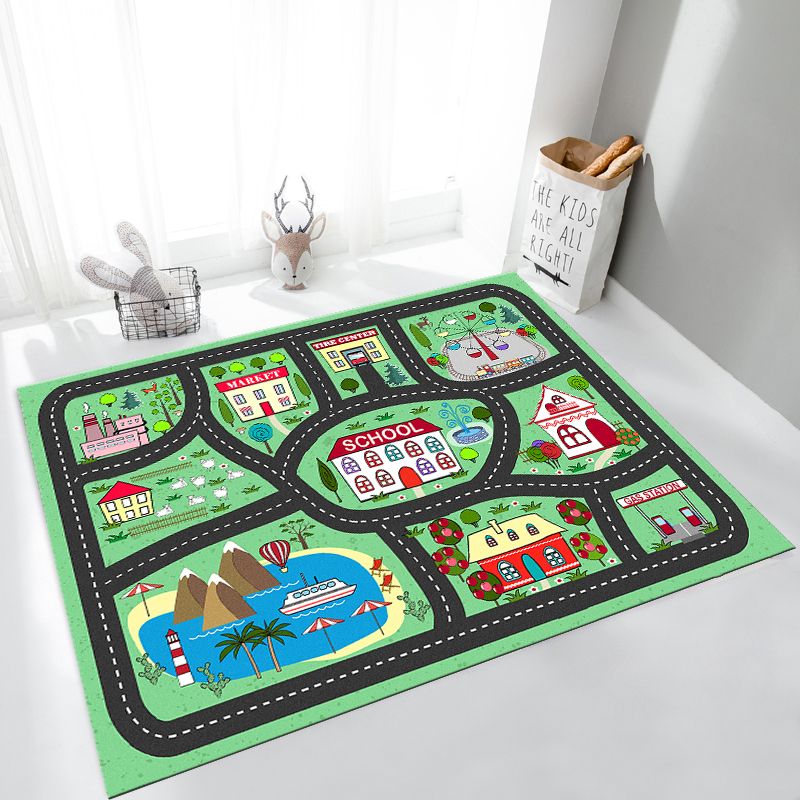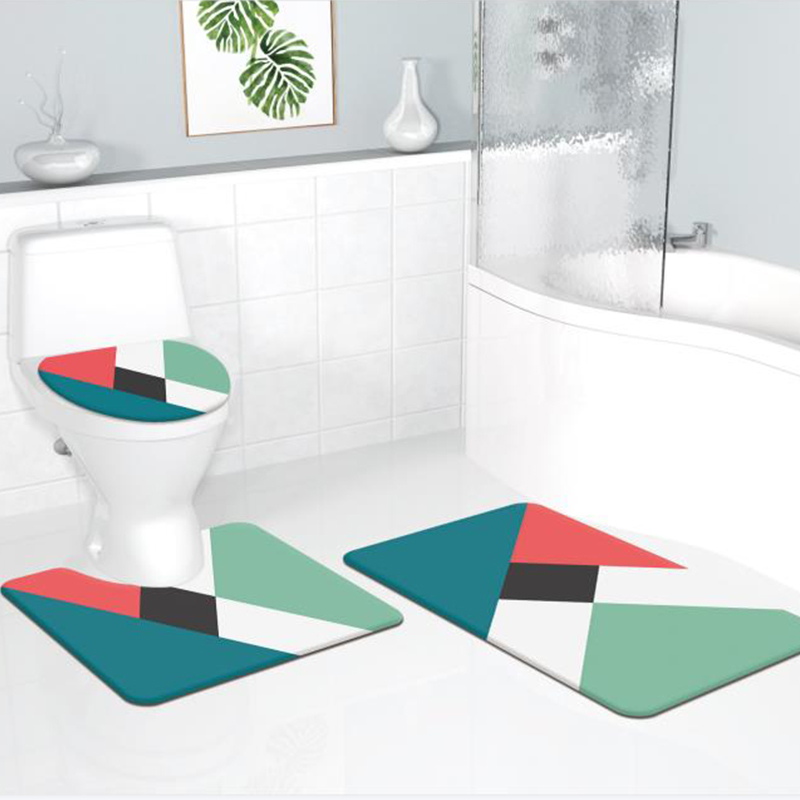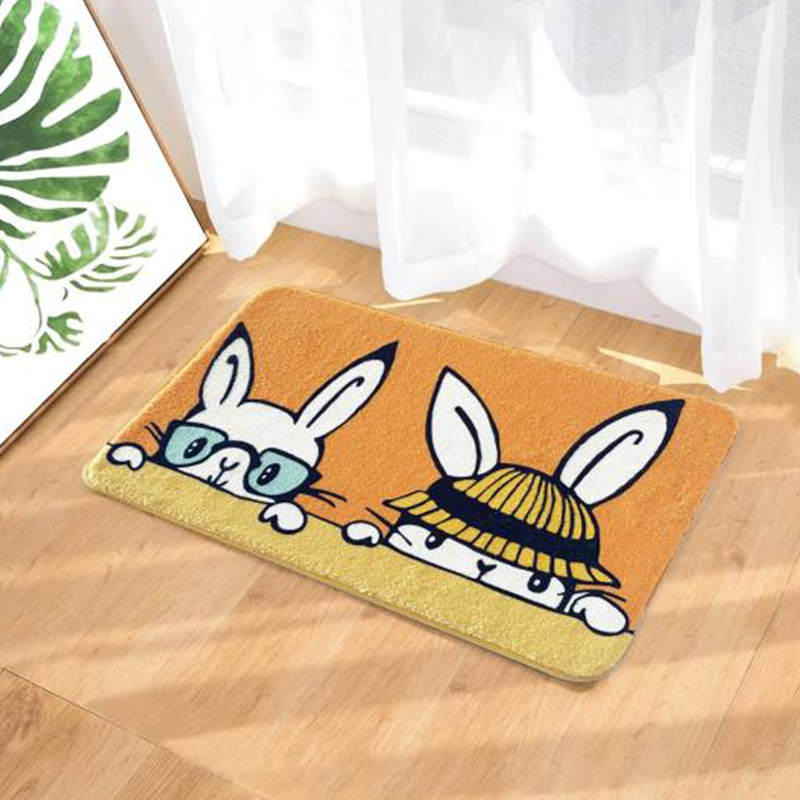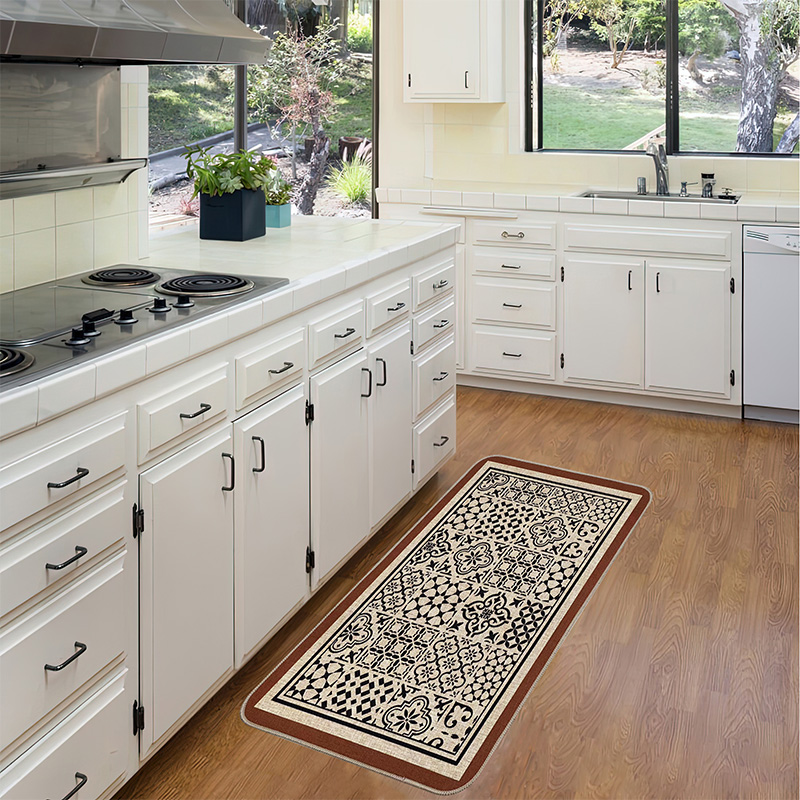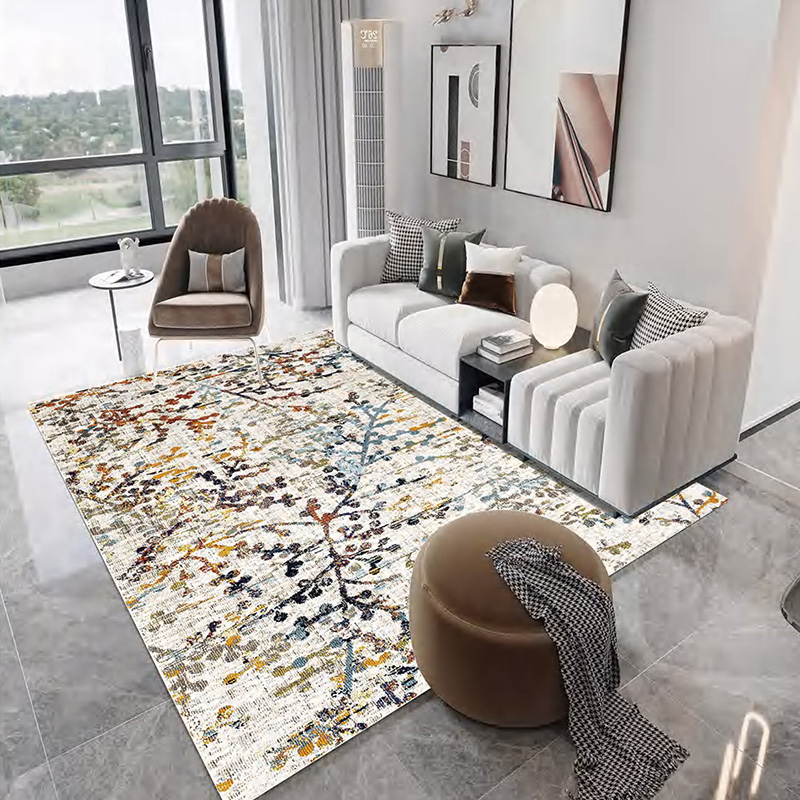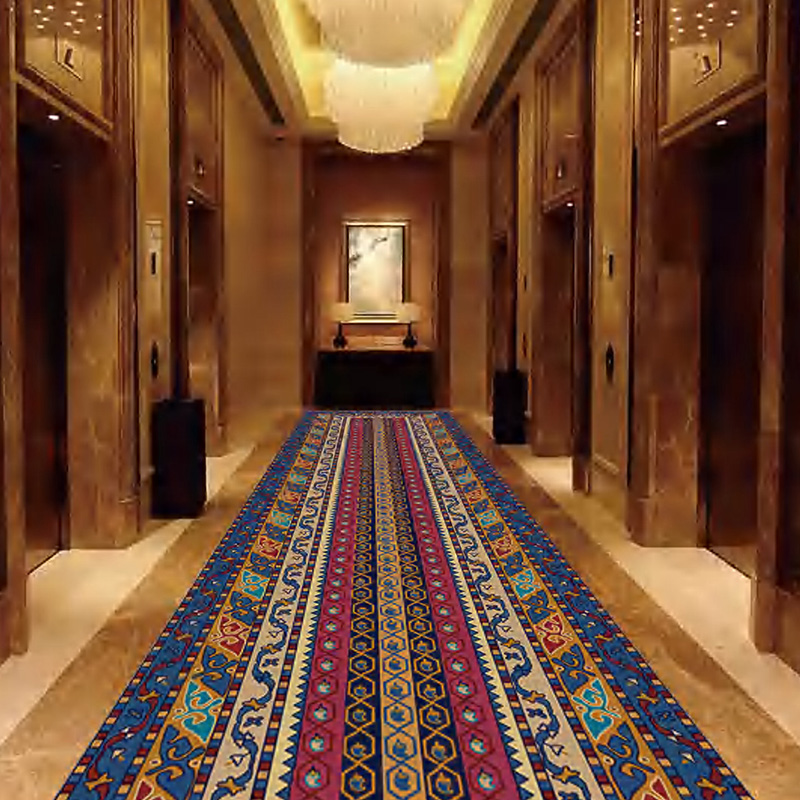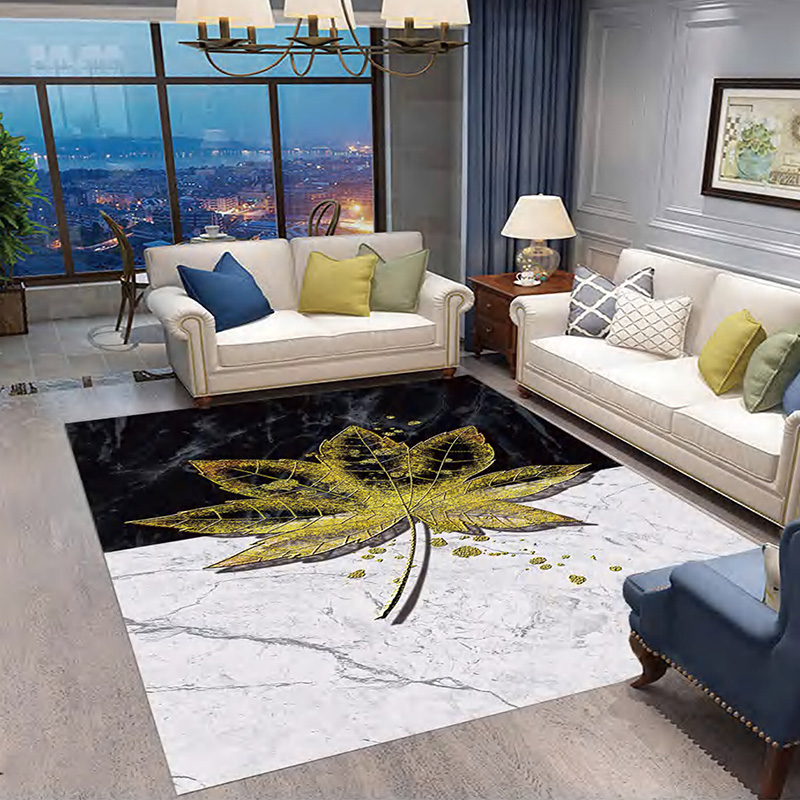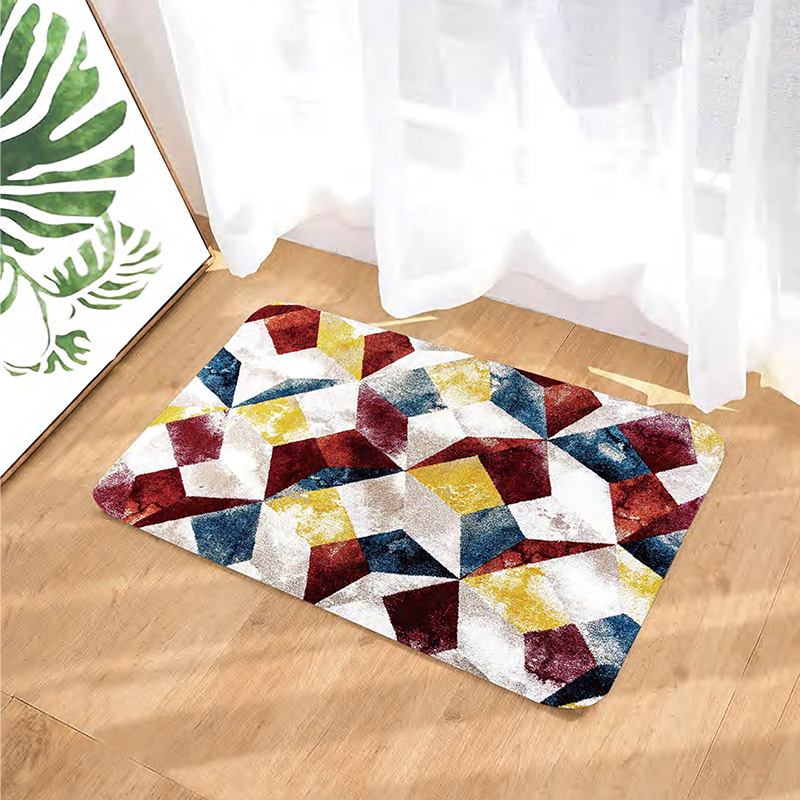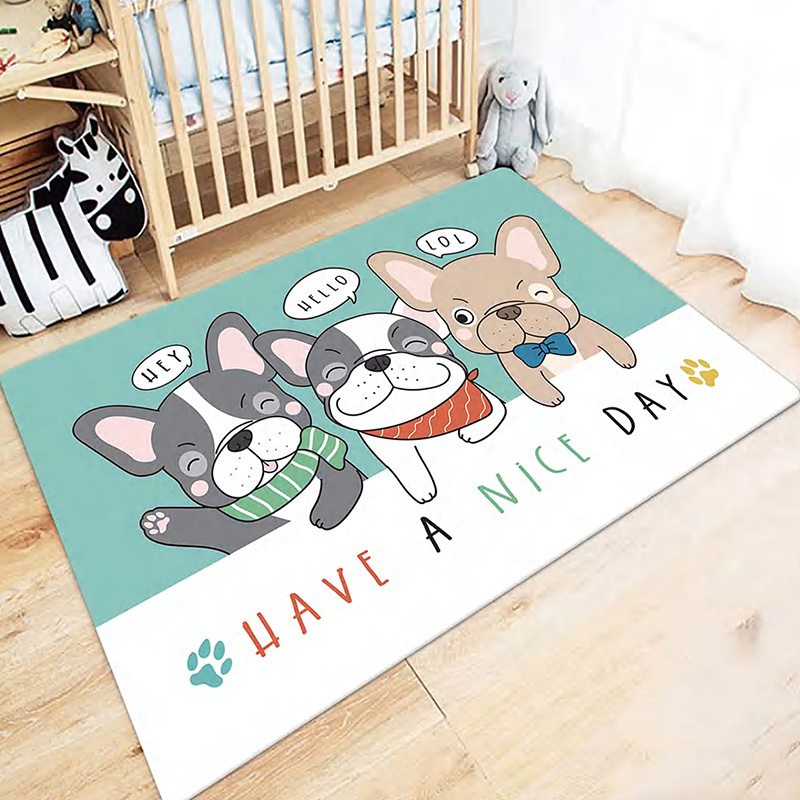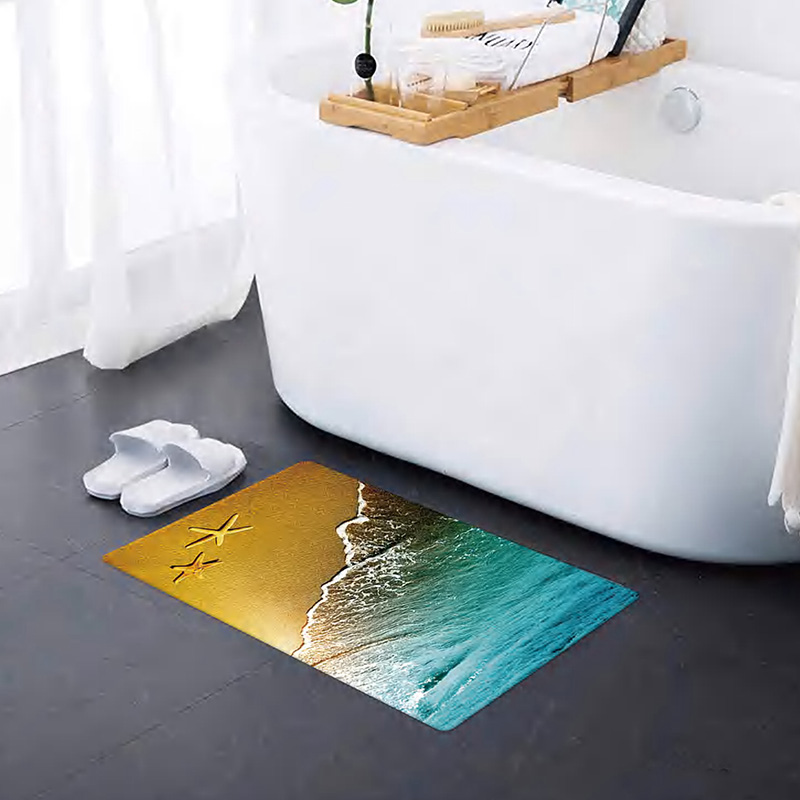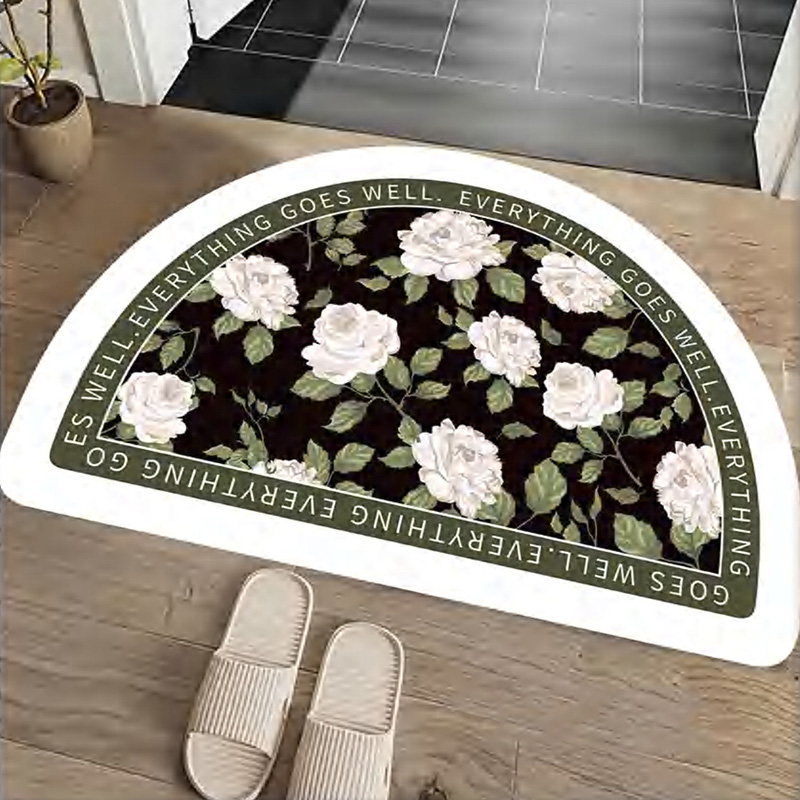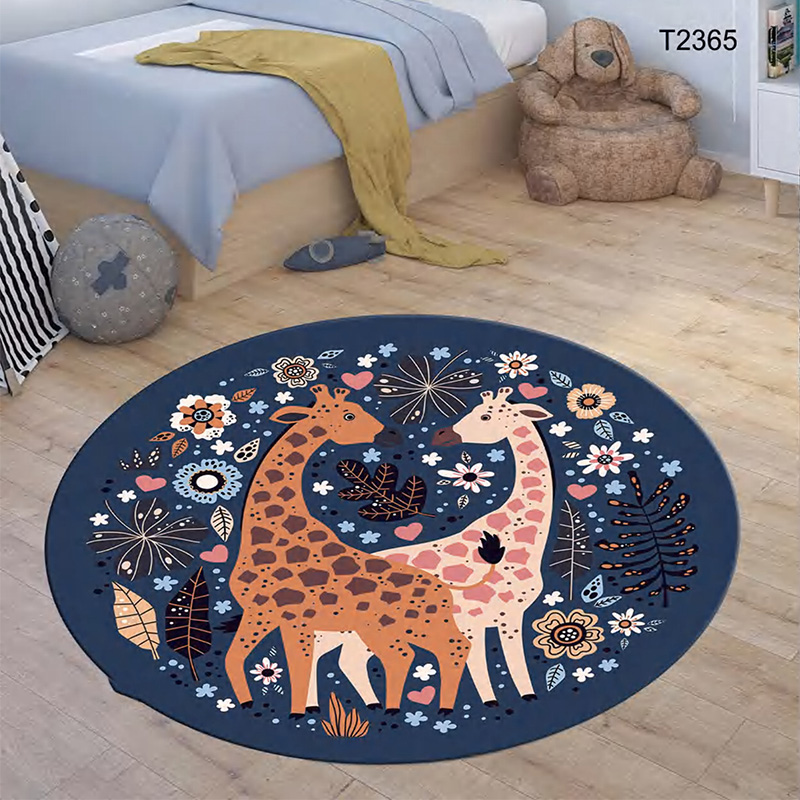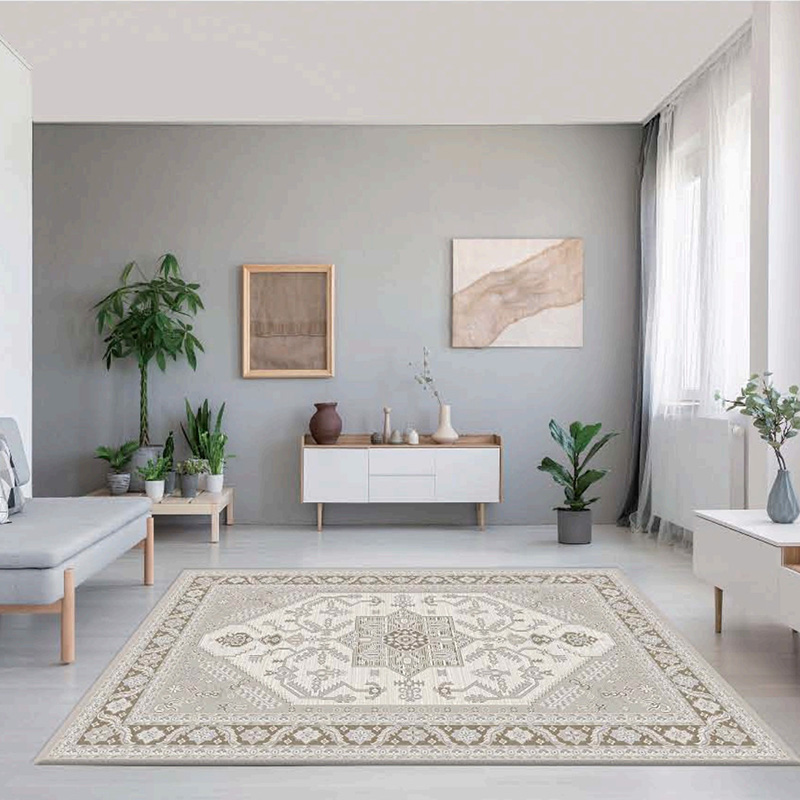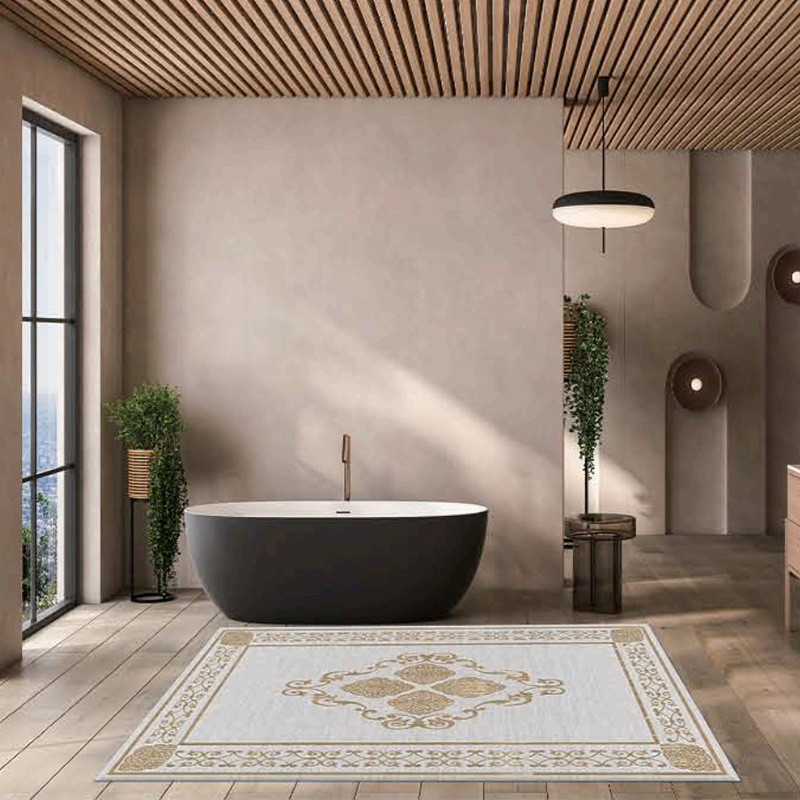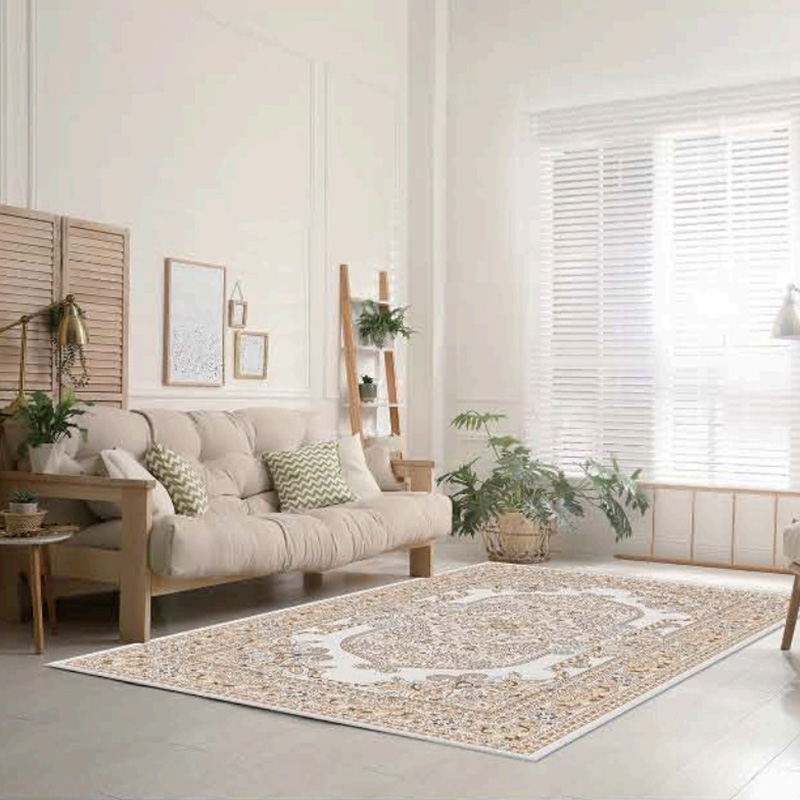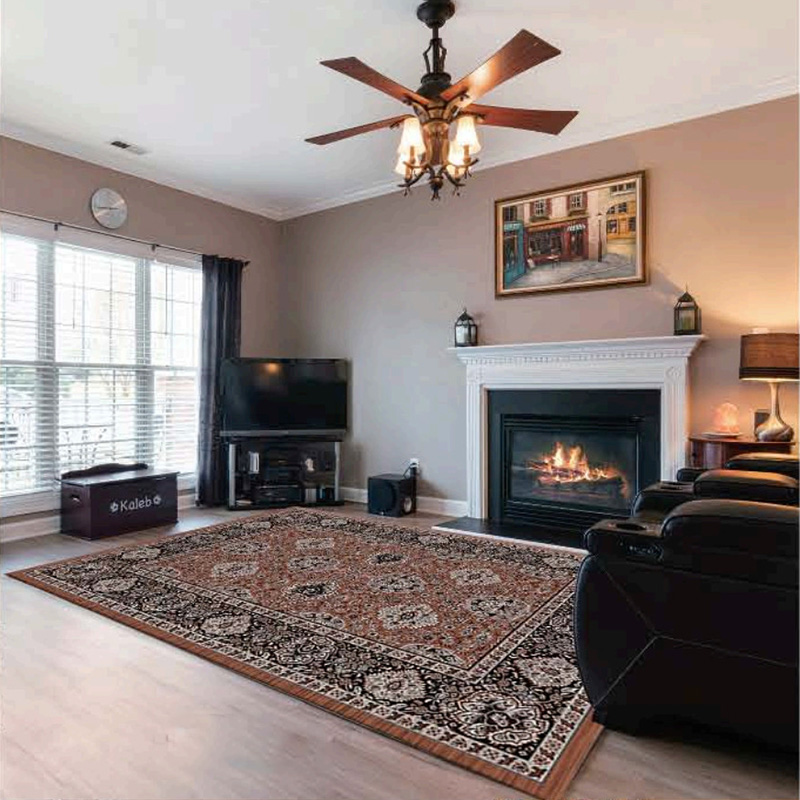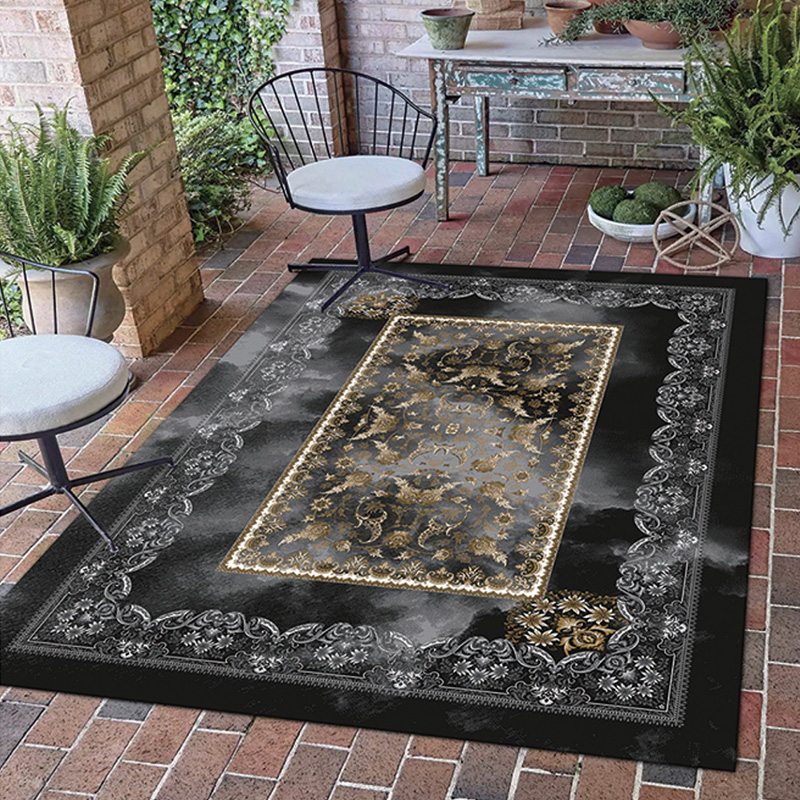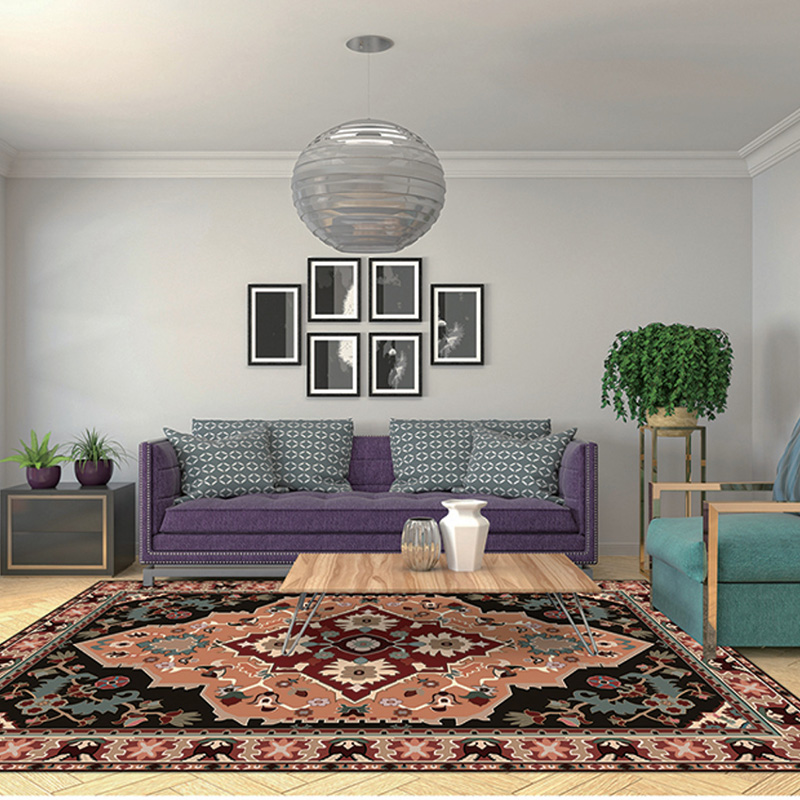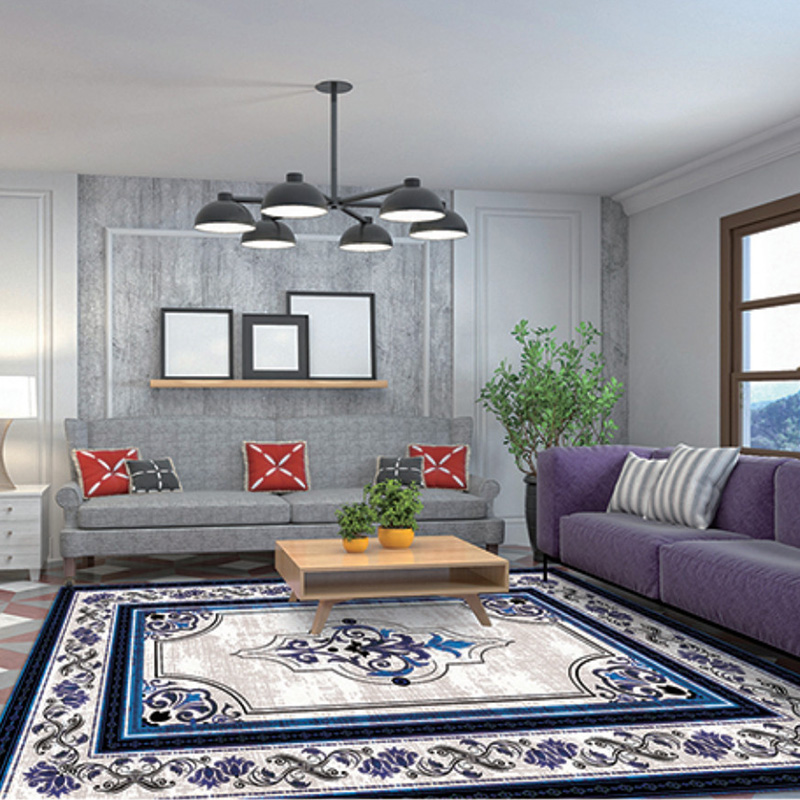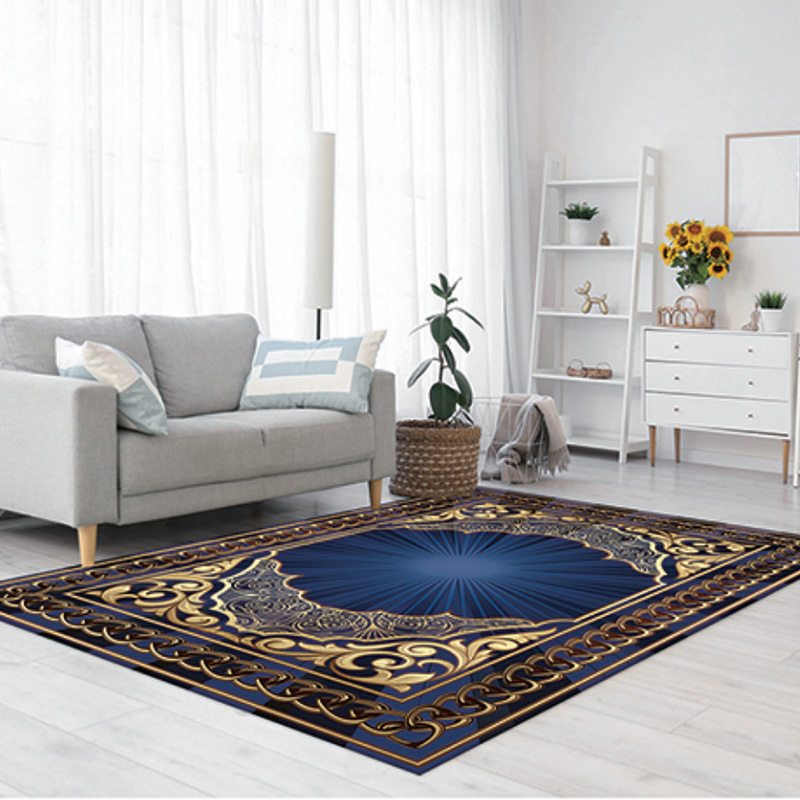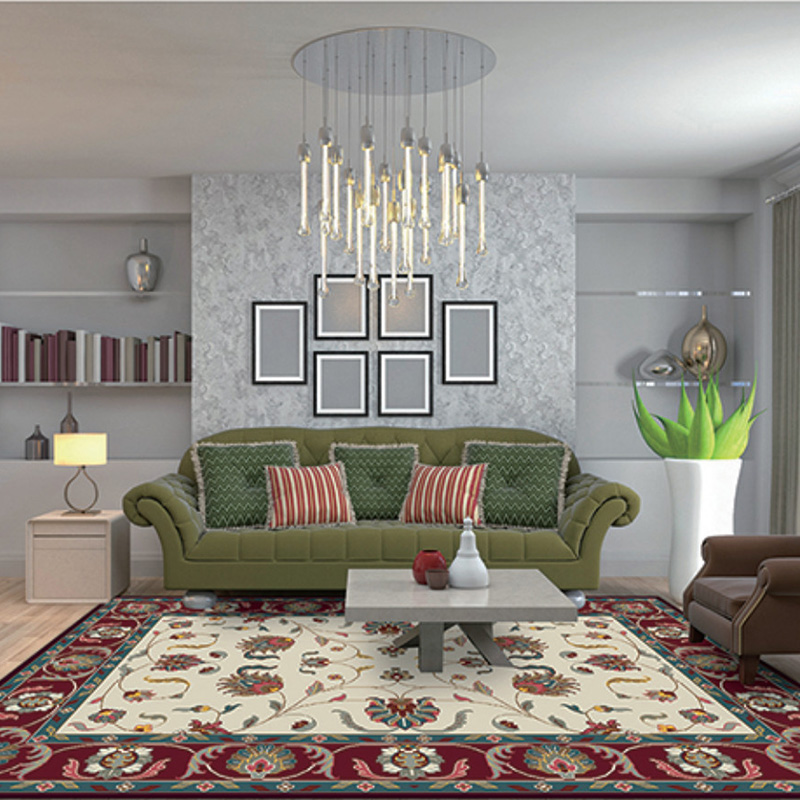The modern bathroom is no longer just a utilitarian space—it has evolved into a personal sanctuary. As homeowners invest more in wellness-inspired interiors, memory foam bathroom mats have emerged as a key trend, offering a blend of comfort, functionality, and luxury that’s transforming how consumers approach bathroom decor.
Driven by a surge in demand for spa-like experiences at home, the memory foam bath mat market is growing rapidly, fueled by innovations in materials, increasing awareness of ergonomic benefits, and expanding aesthetic options. What was once an overlooked bathroom accessory is now a design-forward wellness essential.
Comfort Meets Innovation
At the heart of this product's appeal is the adaptive cushioning of memory foam. Originally developed for NASA to improve aircraft seating, memory foam has become a staple in bedding and now, increasingly, in bathroom products. Unlike conventional bath mats, memory foam mats contour to the body, alleviating pressure from feet and joints—an important benefit for individuals with plantar fasciitis, arthritis, or general foot fatigue.
Consumers are embracing these mats not just for the plush feel, but also for the functional improvements they bring to daily routines. The post-shower experience, often a cold, hard floor, is replaced with a soft, absorbent, and supportive landing that elevates both comfort and safety.
A Growing Focus on Wellness in the Home
The rise of memory foam bathroom mats ties into broader consumer behavior trends: the pursuit of wellness, comfort, and hygiene at home. With more people working remotely and spending extended hours indoors, there is a growing appreciation for products that provide small luxuries in everyday rituals.
Homeowners are investing more in bathroom aesthetics and functionality, with memory foam mats offering an easy, affordable upgrade. These mats are especially popular among older adults and families, where safety and softness are key concerns. Their anti-slip backings and high absorbency add a layer of security to wet environments, reducing slip-and-fall risks.
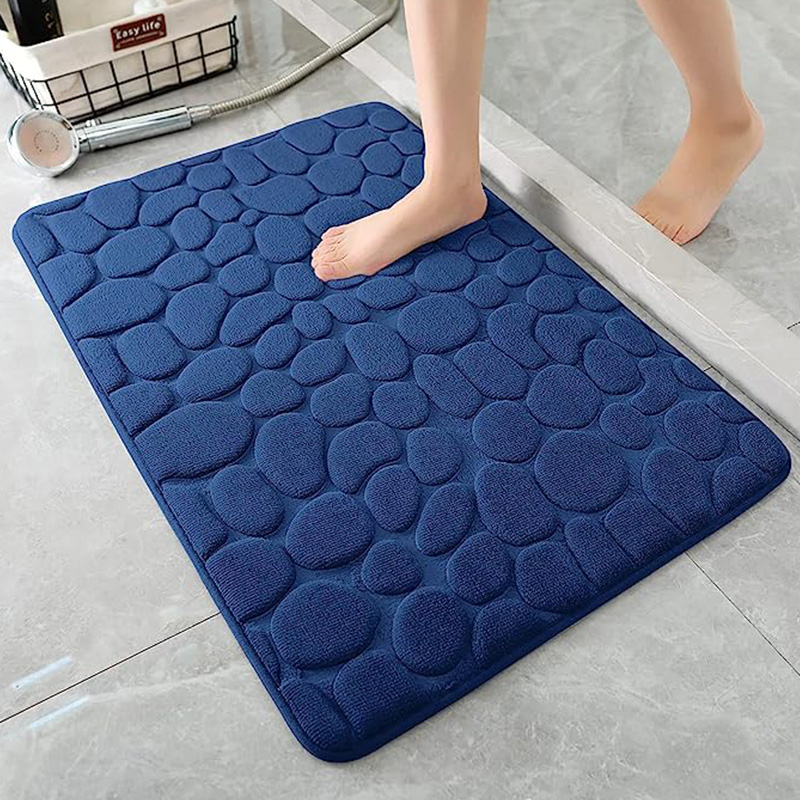
Material Advancements and Sustainability
Manufacturers are now exploring advanced materials to enhance the performance and sustainability of memory foam bathroom mats. Many modern mats include ultra-fast drying covers, anti-bacterial properties, and eco-friendly memory foams made from plant-based materials or recycled polymers.
New manufacturing techniques have also improved water absorption rates, odor resistance, and drying times. Covers made from microfiber or velour-like fabric not only feel soft but also wick away moisture quickly, making them ideal for busy households.
In response to consumer concern about toxic substances in home textiles, several brands are ensuring their mats are certified free from harmful chemicals, meeting OEKO-TEX or similar international safety standards.
Style Evolution and Customization
Gone are the days when bath mats came in just a few solid colors. Today’s memory foam bathroom mats are offered in a wide range of designs, textures, and colors, allowing them to serve as decorative statements that complement towels, shower curtains, and tilework.
Patterns range from subtle neutrals and spa-inspired hues to bold geometrics and textured wave designs. Many brands now offer coordinated bathroom sets that include matching mats, toilet covers, and contour rugs, enhancing visual coherence in bathroom layouts.
Customization is also emerging as a popular option. Online retailers allow customers to choose their mat size, color, pattern, and even add monograms—appealing particularly to gift buyers and boutique hotels.
E-Commerce and Consumer Education
Digital platforms have played a major role in the rise of memory foam bathroom mats. From Amazon to niche home decor sites, these products are widely available, with thousands of user reviews, comparison videos, and influencer endorsements.
Retailers are educating consumers on the differences between traditional mats and memory foam options, emphasizing features like thickness, anti-skid safety, machine washability, and durability. Subscription-based replacements and discount bundles are also increasing customer loyalty and frequency of purchase.
Expanding Beyond the Bathroom
Interestingly, memory foam mats are branching out beyond the bathroom. The same comfort technology is now being used in kitchen mats, pet beds, home gyms, and entryway rugs—demonstrating the versatile appeal of this material across home spaces.
For people who spend long hours standing—whether cooking, grooming, or working—memory foam mats are a comfort solution gaining momentum across various household zones.

 英语
英语 阿拉伯语
阿拉伯语 德语
德语
